|
So one Sunday in May I discovered this: Here's the story. Just after 4am on Sunday morning I woke to the sound of house alarms ringing in the neighbourhood. So annoying! Then it registered that the reason house alarms sometimes trigger is usually related to a power cut, so I groggily reached for my phone to check on the tank. The first thing I noticed was that I'd received a disconnect notification from the return pump which was confirmation that there was a power issue. I tried checking on the tank via the webcam but it wouldn't connect so I tried the bedside lamp. That switched on so clearly the power was restored, I rolled over and went back to sleep. When I got up in the morning the house alarm display was showing an error code but I didn't care about that because immediately after I discovered the water level in the DT was abnormally low. The return pump was not working!! Whatever kind of glitch in the power/internet had knocked out the controller for the return pump and it had not restarted again, this had never happened before. I unplugged it and plugged it back in and water immediately started flowing again. However as soon as water began recirculating the temperature monitors started alarming. I watched as the temperature dropped to 23.5. OK, hopefully that wasn't too bad but 15 minutes later I noticed the tank was starting to look a bit cloudy, uh oh. I checked the refugium and found a significant gathering of mini brittlestars. The temperature dip had triggered them to spawn on mass. I have never seen so many little waving legs in my life, they were everywhere. Up in the DT brittlestars appeared out of every nook and cranny, climbing up literally every coral to spawn. I knew I had a fair few in the tank but I had no idea there were that many. The water got cloudier and cloudier so I started prepping for a water change. Fortunately nothing has been too badly affected by that event but it's not something I'm eager to repeat. I do have multiple temperature probes in case of failure but they are all positioned in the sump. I moved one of the sensors up to the DT so if it happens again I will be alerted but having said that the audible alarm is so puny I doubt I would hear it at night. I should probably invest in another temperature probe for the profilux because when that sounds I most definitely hear it and it scares the life out of me.
0 Comments
I have lots to update, hmm where to begin? I think I should probably get the bad stuff out of the way first. Forgive me Father for I have sinned. For quite a while I had noticed that I was harvesting less and less macro algae from the refugium, growth had slowed to almost nothing at all despite there being plenty of nitrate and phosphate available. The days of my tank having low nutrients were certainly in the distant past as they had been slowly but surely creeping up. At the last ICP analysis nitrate was sitting at 11.5mg/l and phosphate at 0.13mg/l. I'd also noted that the mini brittle stars that used to thrive in amongst the algae had dwindled from hundreds to zero (there are still lots in the DT). I'd come to the conclusion that Charlize the hitchhiker crab had been supplementing her diet with some brittle star meat. Anyway hair algae had taken a firm hold in the upper half of the refugium and was choking out the growth of macro algae below. This meant that there was even less algae available to the crustacean residents (Charlize and also Bruce the Emerald crab) at the bottom of the refugium. Then at the beginning of December, I discovered what was left of Bruce, had he also been eaten by Charlize? RIP Bruce. So on the 16th December 2019 I decided then to take the refugium out for a good clean, removing the old mud substrate and replacing it with some new, a long overdue task I must admit. I carefully salvaged as much of the macro algae as I could (a mix of Caulerpa racemosa and Chaetomorpha) and placed it, along with the naughty Charlize, into a bucket (with tank water obviously). I then disconnected the refugium and set about cleaning it. Once everything was clean(ish) I added a new layer of mud, refitted the refugium and carefully filled with water. After a while I reintroduced the macro algae and crab. So far so good, however things were about to take an unfortunate downward turn. It seems that by cleaning the refugium and/or replacing the mud I had altered the water chemistry and not in a good way either. The redox value dropped to 250mV and stayed there. Under normal circumstances the redox probe reads somewhere between 350mV to 450mV and to be honest I don't pay that much attention to it. The numbers bounce around depending on whether I've just fed the fish or done a water change. A value of 250mV however was definitely not normal. I wondered if the probe was reading accurately so I cleaned and recalibrated it but still the readings remained low. A few days after cleaning I noticed some suspicious looking brown algae starting to appear in the refugium and I just knew this wasn't going to be good. Sure enough after about a week or so I started to see signs of it appear in the DT too. It began by coating the gorgonians, the Plexaurella was particularly affected and closed up. Ten days after cleaning I discovered Charlize the hitchhiking crab dead in the refugium. Nooo! I couldn't believe it and felt so terrible guilty. Why did she die? My immediate thought was that the brown algae may have been the cause as some species of dinoflagellates are know to be toxic. I've have not been unfortunate enough to have to deal with this type of algae before but I've certainly read about it a lot. It looked just like typical dinoflagellates, brown and snotty with trapped air bubbles but just to be sure I took a sample and dusted off the microscope. My suspicions sadly proved correct. The tiny oval protozoans were swimming in a circular motion around an anchor point like a tetherball which is typical of Ostreopsis sp., this is indeed toxic to snails and other herbivorous creatures. I've read many horror stories regarding dinoflagellates in reef tanks, so to say I was feeling depressed was a bit of an understatement, I had visions of all my corals covered with brown snot and the sand littered with shells of dead snails.
According to my research there is no easy way to rid a tank of dinoflagellates and I certainly wasn't keen on the idea of performing a 5-7 day black out. I decided not to panic and continue tank maintenance as normal. I continued with the weekly water changes (yes I know these were not advised) and siphon out as much of the 'snot' as possible in an effort to give the gorgonians a tiny bit of relief. I don't know if it helped them but it certainly made me feel better. In the ensuing days the dinos spread to the tips of the Seriatopora hystrix but surprisingly nothing else seemed affected. Every morning I would count the number of snails to make sure they were all still present and correct. The redox level remained very low so on the 14th January I sent off a sample of water for ICP analysis just to check if the mud was leeching out something nasty but as you can see from the link below the results looked OK. Nitrates and phosphates were lower than the previous test but not that low. lab.atiaquaristik.com/share/6bba53665864d463b982 Since I'd effectively removed most of the beneficial bacteria and critters from the refugium (except for amphipods and mysid shrimps) I decided it might be a good idea to add some diversity back in the form of some live rock rubble. This proved easier said than done as nobody seems to stock actual live rock anymore, it's all artificial or dead rock and bottled bacteria these days. I tried ordering some in from a local shop but when I went to collect it, it was just a bag of dry rock, sigh! In the end I located an online shop that was out of stock but expecting a fresh delivery of Australian live rock in the next few weeks or so. I decided to preorder a small amount and crossed my fingers that it wouldn't take too long. In the meantime the redox gradually started to creep back up again and by the end of January it had hit 350mV once more, the gorgonians started to pick up again. The first to bounce back was the Muricea followed by the Pinnigorgia and finally after over a month of looking completely dead the Plexaurella shed a layer of algae/mucus and the polyps came back out again, sadly a couple of branches had stripped but at least some of it was still alive. I also only had to frag off one of the Seriatopora branch tips and the rest bounced back in no time at all. As of today the dinoflagellates have almost completely disappeared from the DT, if you check the Pinnigorgia very closely there is still some evidence of some thin brown strings in one area of low flow but there's not much left at all. I am hoping in another month or so it will have gone altogether, I have my fingers crossed. Oh and just as things were starting to look up I received acknowledgement that my small order of live rock was available and ready for delivery (20th February 2019). That story will have to wait until another post, oh the stress is never ending.... When the lights switch off above the display tank there's still plenty of action to watch down below in the refugium.
My tank is exactly a year old today! Wow, where has the time flown to? I've been a bit lax with the updates recently so there's lots to catch up on.
First lets get the bad news out of the way. I'm afraid that I've lost the lovely Tridacna maxima clam, it simply never thrived in my tank. Before adding it I carefully checked the shell looking for any nasty hitchhikers but I never found any. I must have missed some (or their eggs at least) as I started to notice some pyramid snails feeding on my precious Trochus and Turbo snails. Nooo! I checked the clam regularly at night with a flash light but never found any of the little devils feasting on it. After two and a half months it finally it became clear that the clam was doomed so I decided to remove it before pollution became an issue. I checked it over again when it was out of the tank and still couldn't find any pyramid snails on it. These guys are so small and clearly hide really well! Later on three teeny tiny ones did emerge from inside of the clam, it's hard to imagine that just three could have any impact on an animal so much larger than they but clearly over time they do. Unless of course the maxima was suffering from something else too? At this point there's not much I can do about the pyramid snails, I am removing any that I see every day and I've become quite adept at spotting them now. On average I remove about 10 per day. The wrasse are sadly not eating them, come on guys I could really do with a helping hand here, sheesh earn your keep why don't you!! At least I haven't lost any of the snails yet and my original Tridacna crocea clam seems to be doing fine, it's laying down new shell so I take that to be a good sign for now.
The other blip on my reefing horizon is the Balanophyllia. It just doesn't look as good as it once did and I can't work out why. Am I feeding it too much or not feeding it enough? I had been offering it a piece of food once per day (at night), generally PE mysis, clam, Krill or lancefish, perhaps that wasn't enough to sustain it? So I decided to up the feedings to multiple times per day (anywhere between three up to a maximum of five a day) but this seemed to make no difference at all (in fact the coral looked a little worse) so now I'm trying less food. It's really frustrating because the sun coral is looking fantastic on a single feed per day.
Apart from the above everything else seems to be doing OK. The fish are all good, Rei the Yellow wrasse eats like a horse and is noticeably bigger. The best news is that my Tomiyamichthys nudus gobies have finally paired up with the Red Spotted pistol shrimp so I get to see them all much more now. The male goby still goes MIA every now and again but always resurfaces at some point. The gobies and pistol shrimp do not naturally associate together in the wild but I suspect they have done so in my tank because there are simply no other alternatives.
The corals are getting bigger and some are starting to get close to each other already, war is on the horizon I expect.
The zoanthids are spreading nicely especially the Utter Chaos, these are reproducing at a phenomenal rate and unfortunately over taking some of the original slower growing morphs. Whatever was afflicting the Red Tuxedo zoanthids seems to have subsided and I've not lost any more recently, I hope that's the end of that.
After a bit of a slow start the algae in the refugium has really got going now and the amount of life in there is incredible. It's amphipod, mysis shrimp and brittlestar heaven! Charlie the hitchhiking crab is alive and kicking and still growing. She was such a tiny thing when I first noticed her in the DT hanging out in the Seriatopora, now she's huge in comparison.
Life in the refugium.
Whenever I harvest any algae, I spend the following 30 minutes rescuing brittlestars from amongst the fronds. Well I can't just throw them out can I? It's easy to see how they are reproducing by division.
My first canister of ATI Carbo EX came to the end of its life in September, it lasted just over 3 months which I don't think is too bad. I have decided to continue with the CO2 scrubbing and have replaced it with a fresh cartridge.
Last week to celebrate the fact that the tank was approaching its first birthday I decided that some new additions were required. There was a gap (left by the T. maxima clam) that was just crying out to be filled. OK it didn't really need to be filled but what can I say, any excuse to shop for new corals.
I decided another encrusting Montipora sp. would do nicely and since it was likely to be the last addition (never say never tho) I wanted something special. I decided the Beach Bum (what a name!!) Montipora would contrast nicely with the three that I currently have. Since I was mail ordering from a fellow reefer I found I couldn't just buy the one coral so I ended up with frags of Hawkins Echinata (Acropora echinata) and a Sunrise Goniopora too. My name is Lisa and I'm a coral addict, lol! Here they are on the sand awaiting fixing (squeezing!) in place.
Phew that was a marathon (are you still with me?) before I sign off I'll add a few more updated photos. After all who doesn't love a bit of eye candy?!
I always love to check out what's happening is the sump/refugium areas. The refugium whilst not particularly successful at growing lush macro algae, is at least good for cultivating amphipods and has a healthy number of spirorbid worms growing on the glass (as does the back wall of the DT to be honest). I was pleased to discover last week that at least one of the three mini brittlestars that I introduced as part of a refugium pack in December is still alive and and much bigger too. It's the first time I've seen one since the week of introduction (8th December 2016). Interestingly I discovered a sycon sponge has settled in the sump on one of the siporax rings, I think this is a good thing rather than bad.
|
AuthorHi, my name is Lisa and I live in Derby, UK. I am a self-confessed reefaholic! Archives
July 2022
Categories
All
|

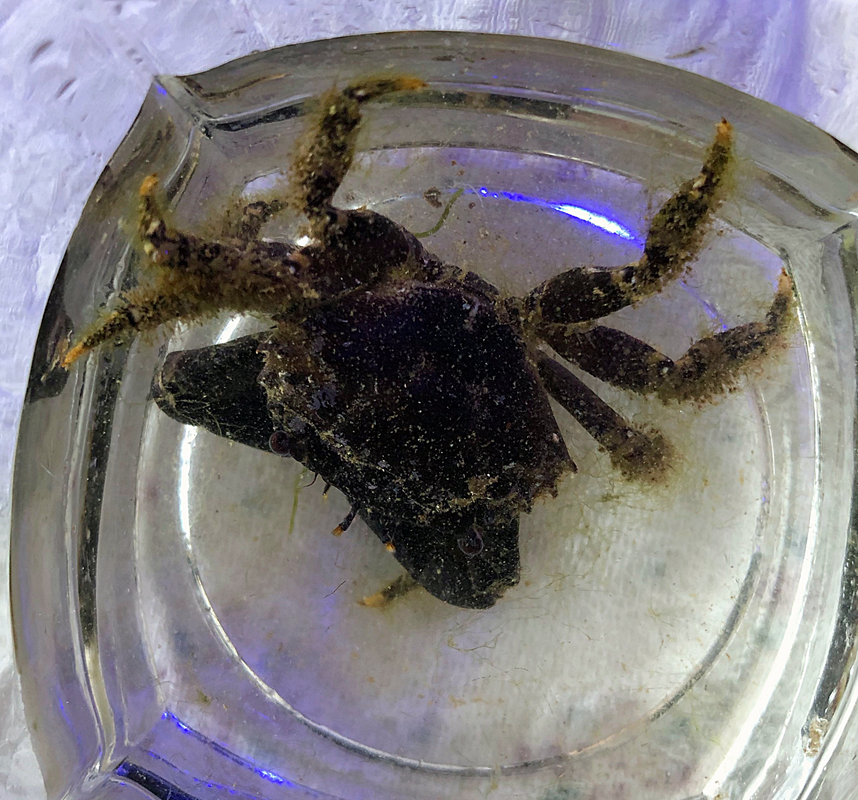
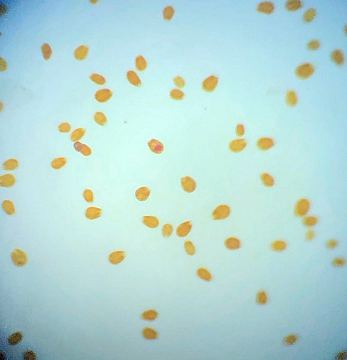
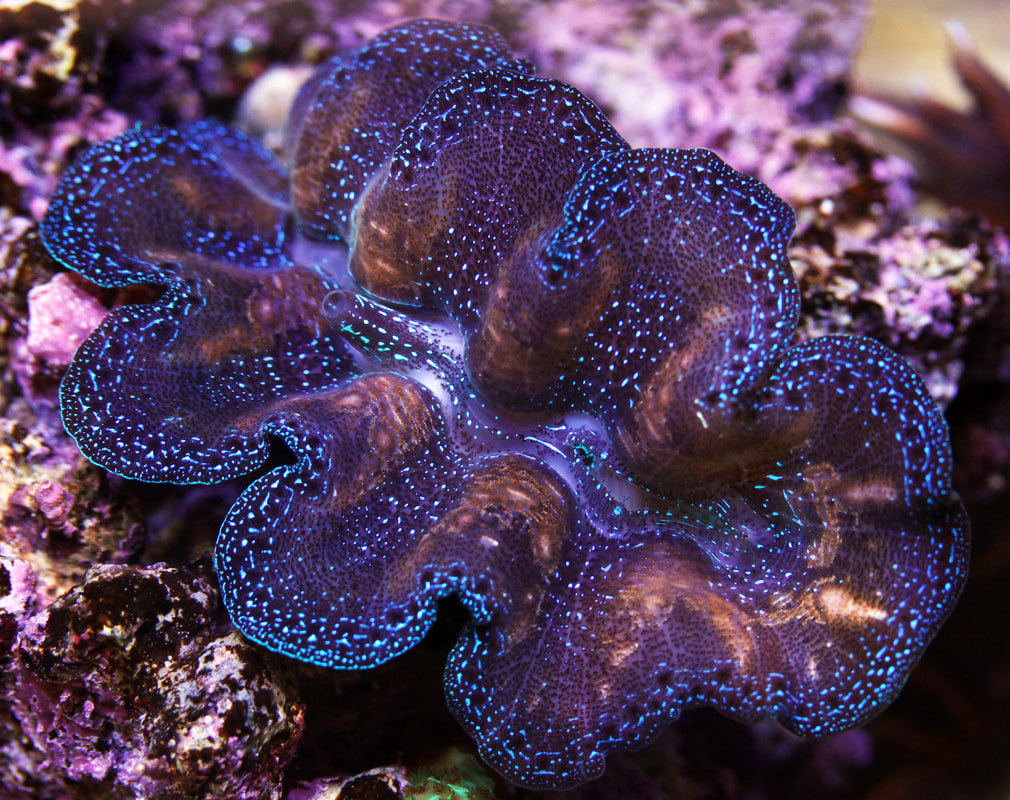
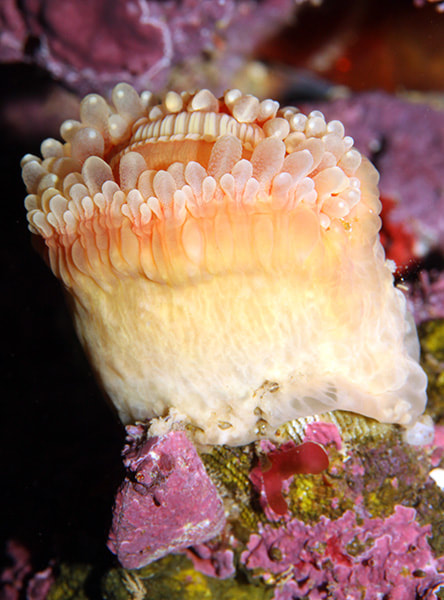
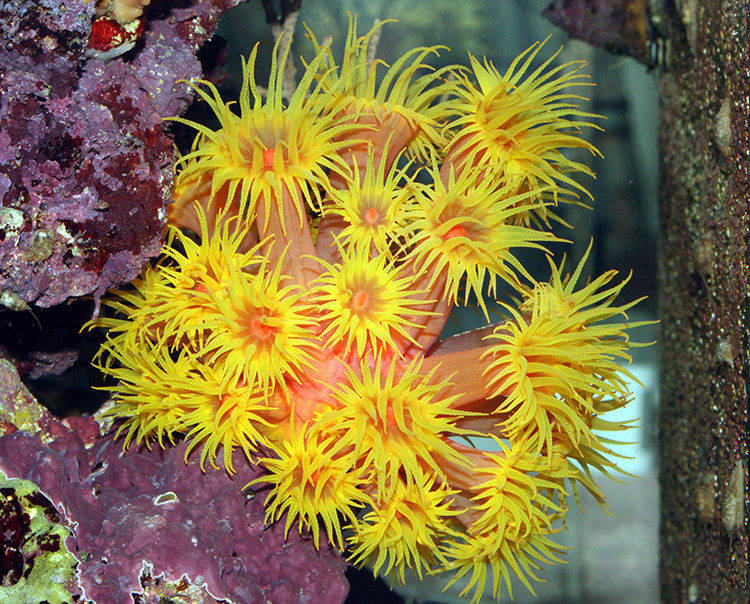
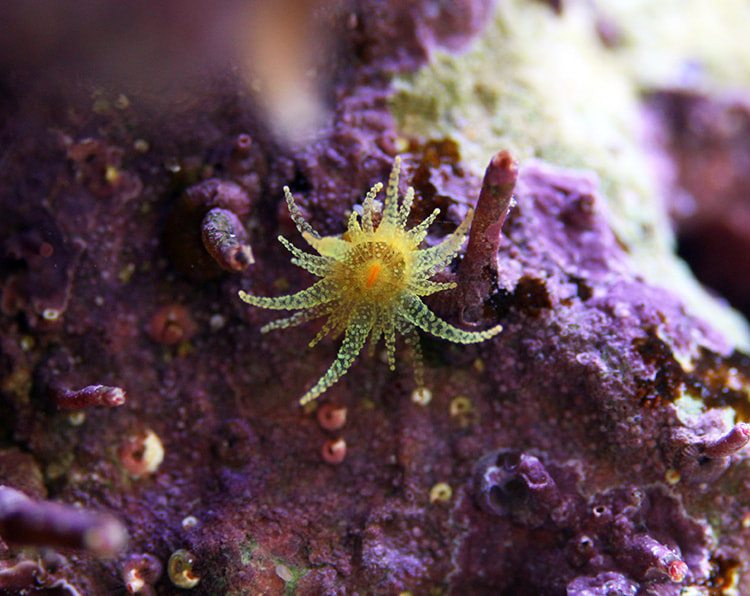
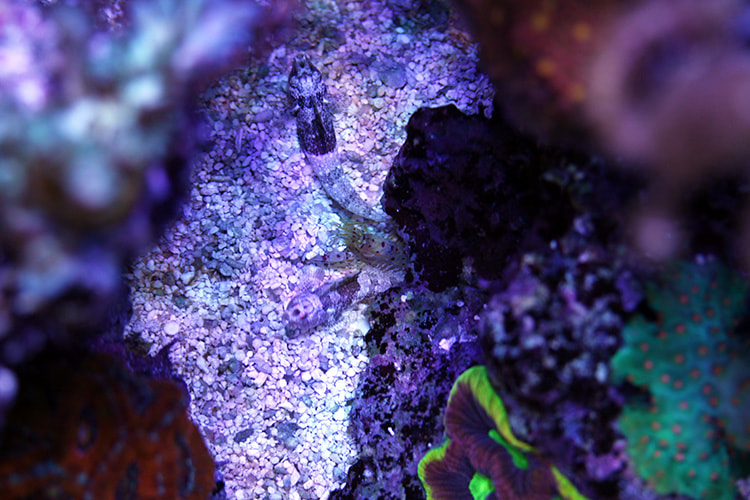
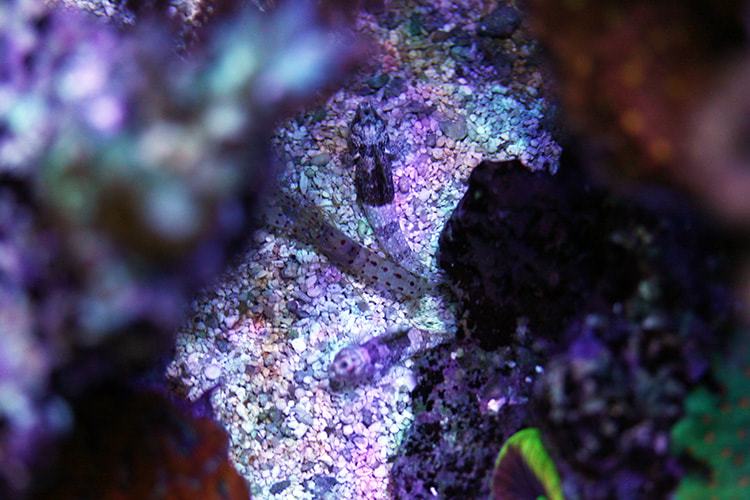
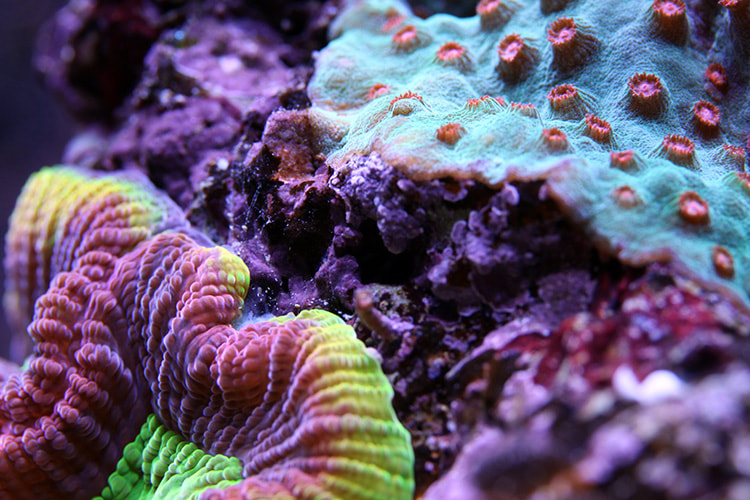
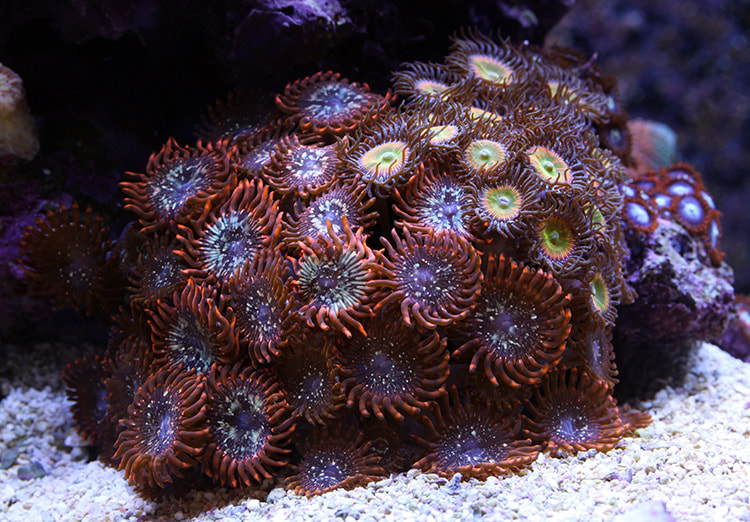
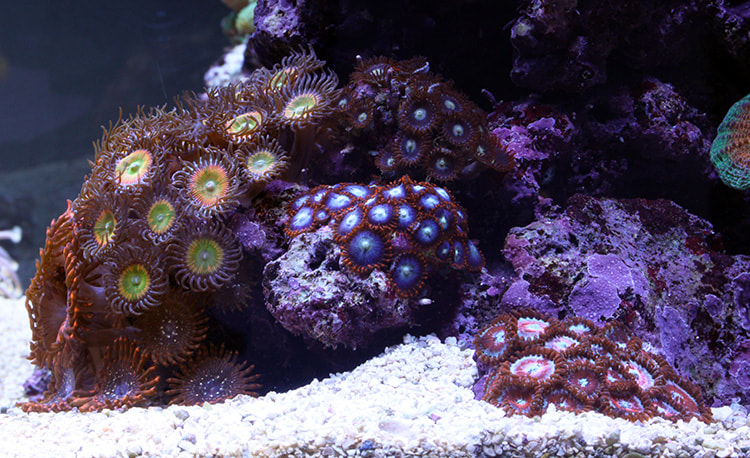
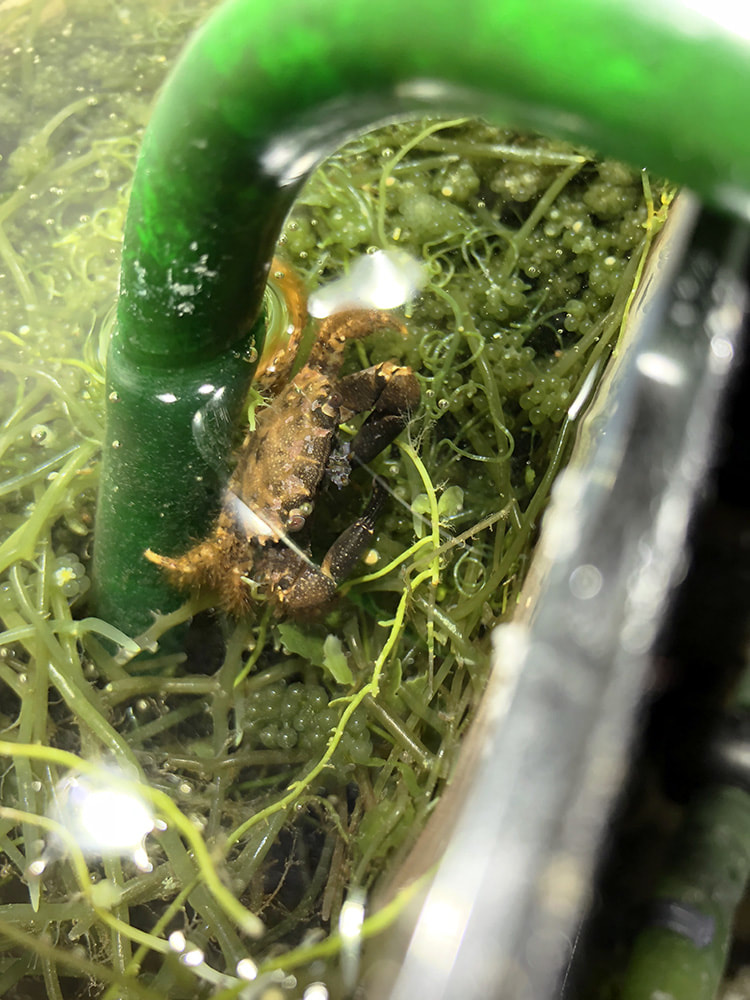
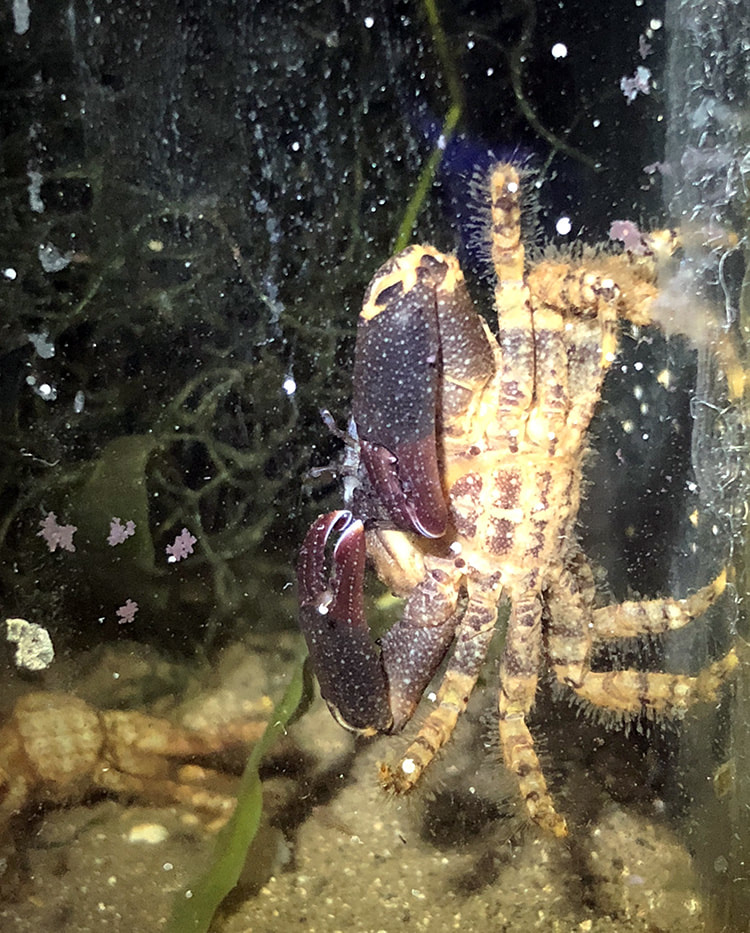
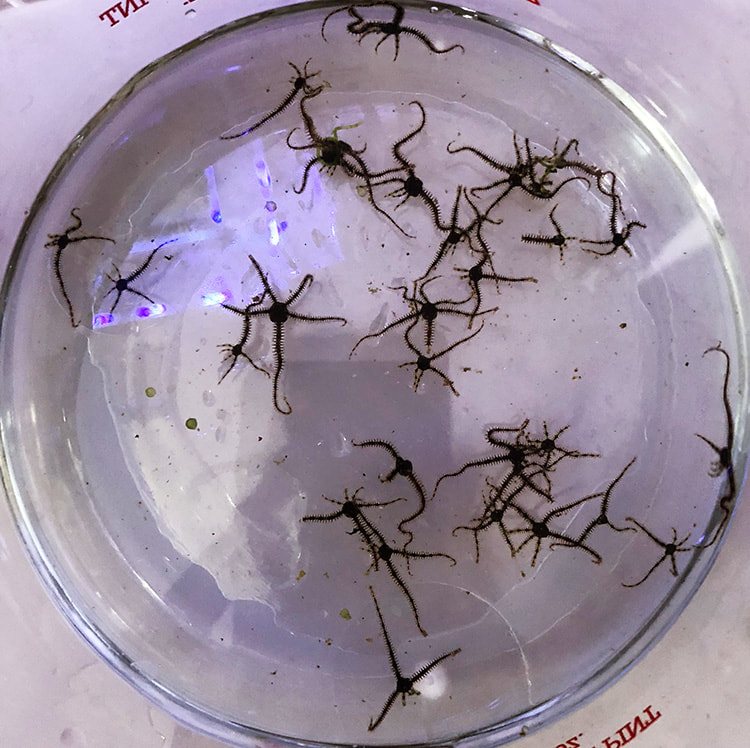
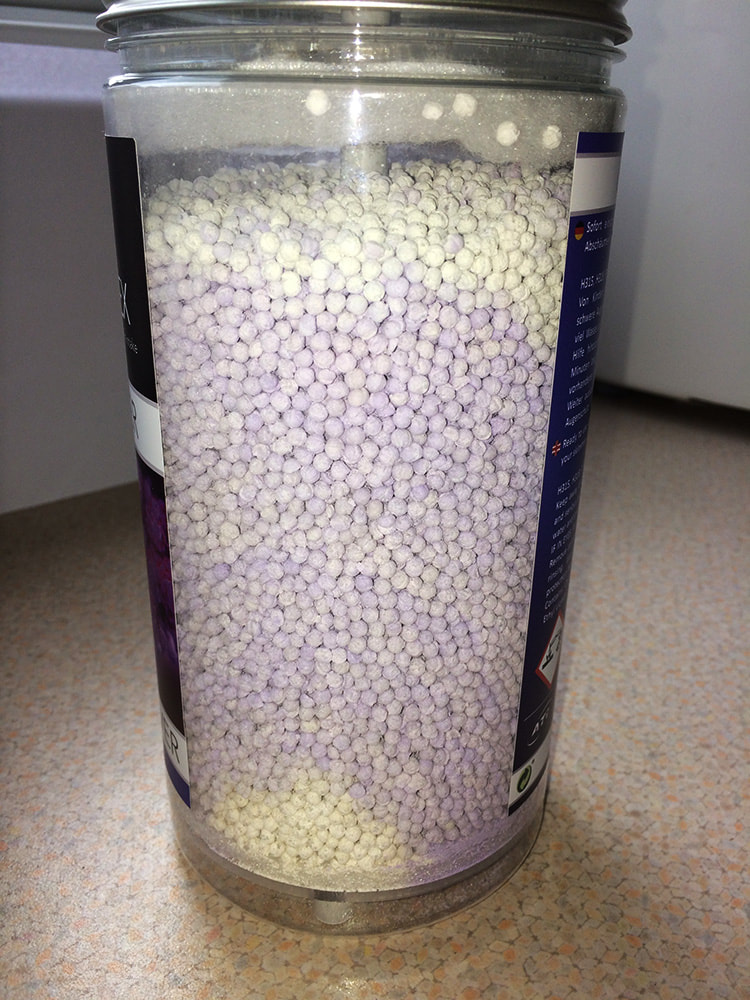
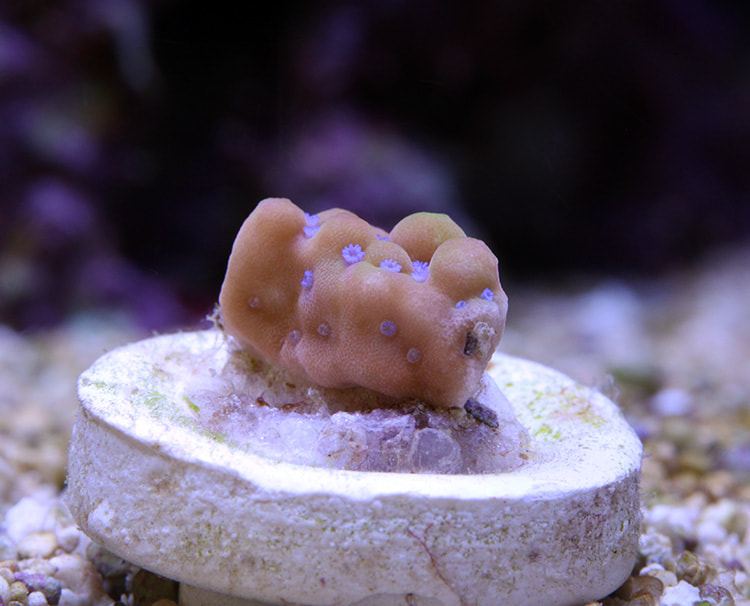
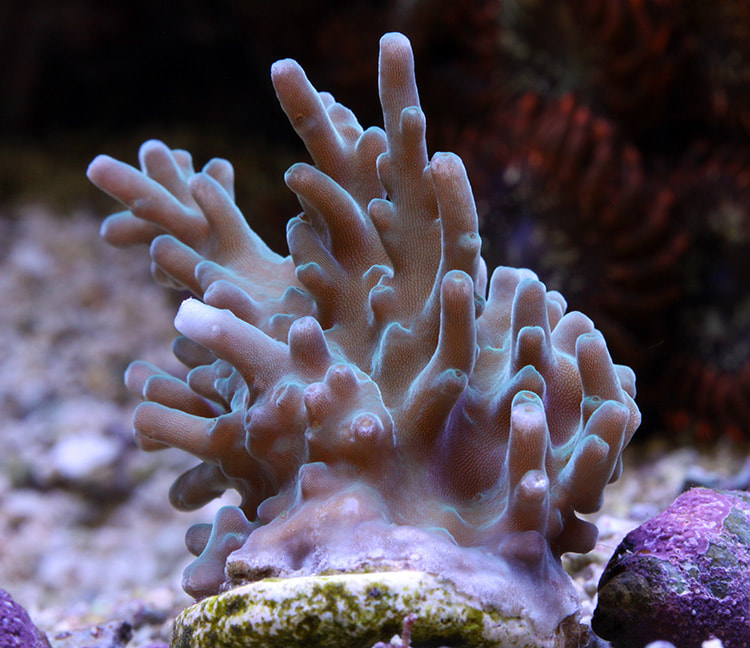
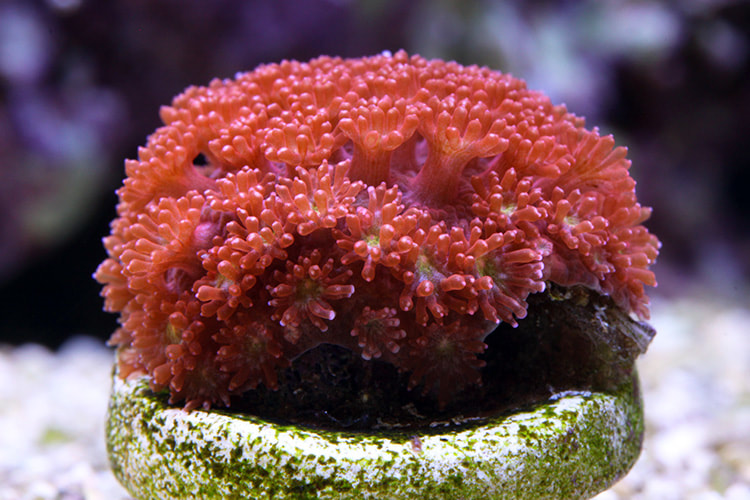
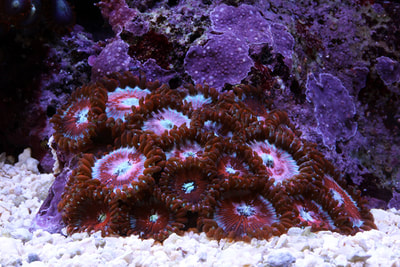
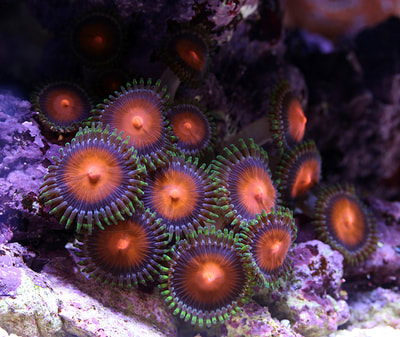
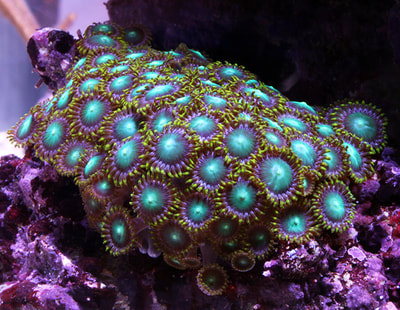
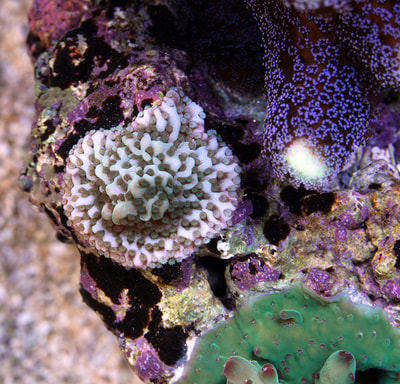
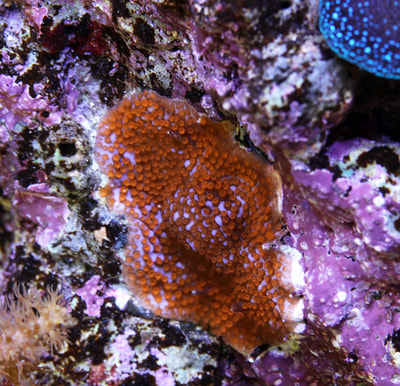
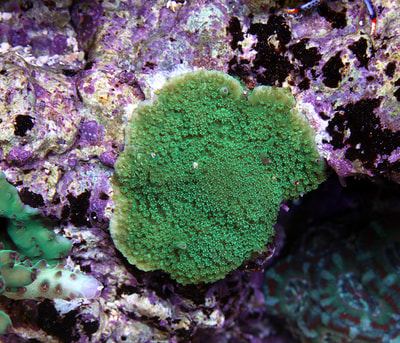
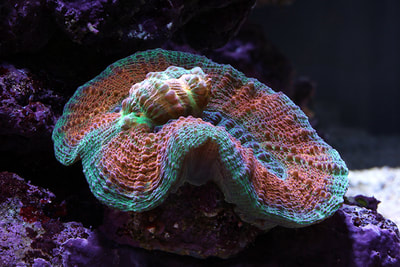
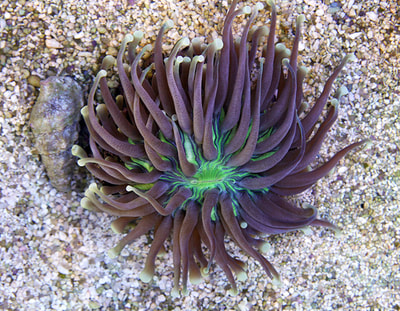
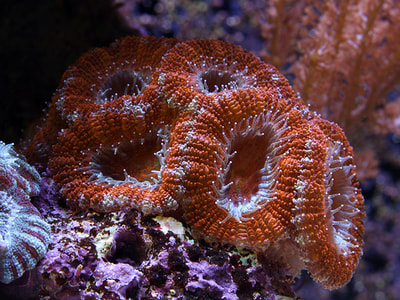
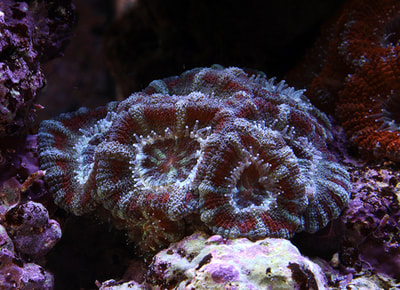
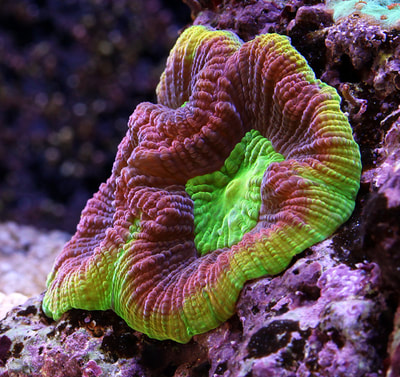
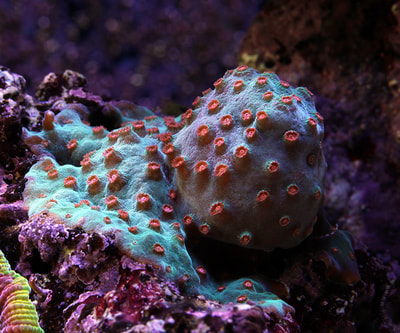
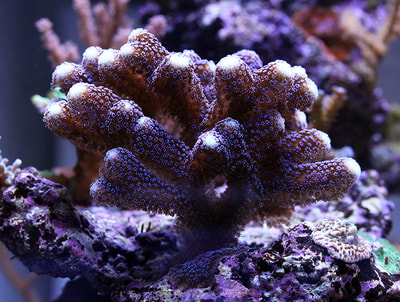
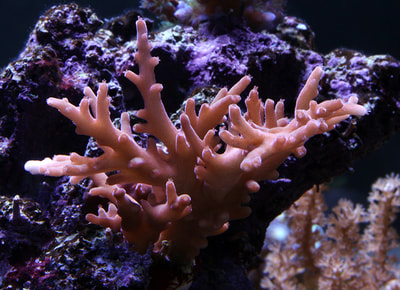
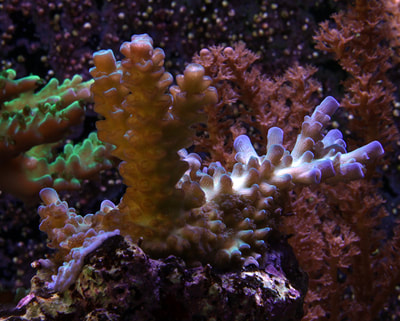
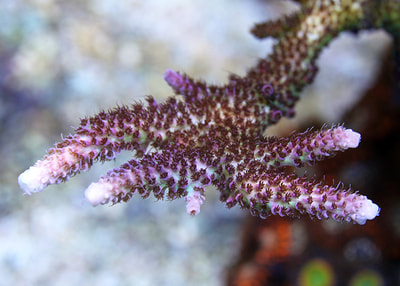
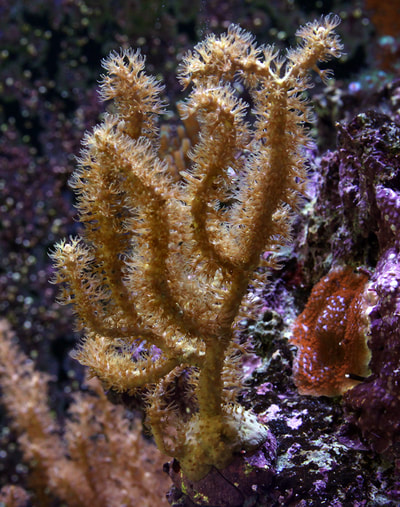
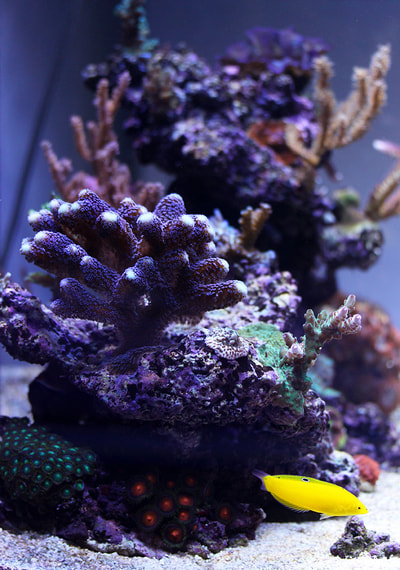
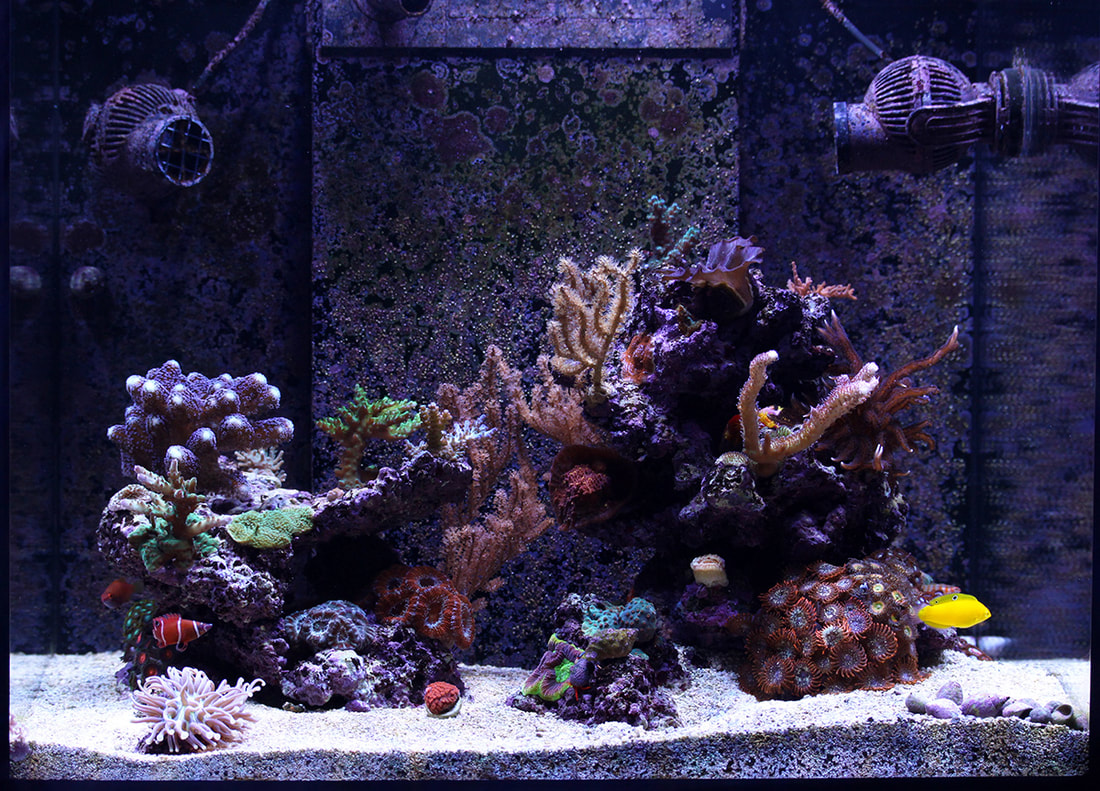
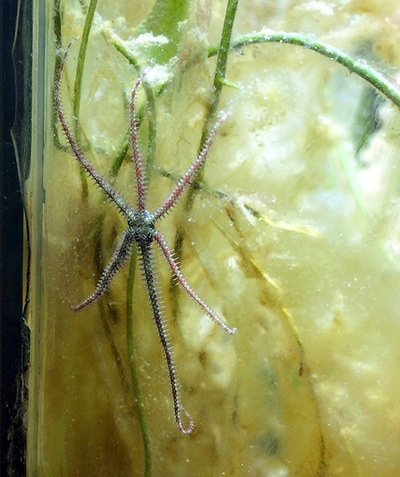
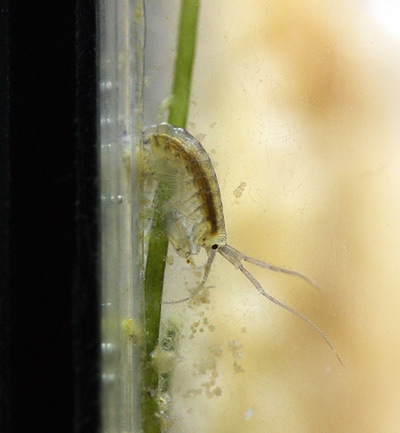
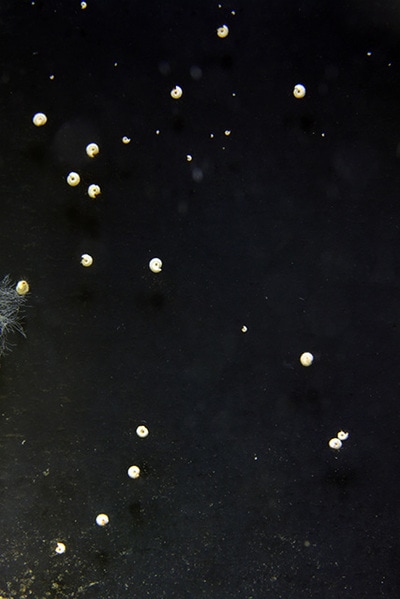
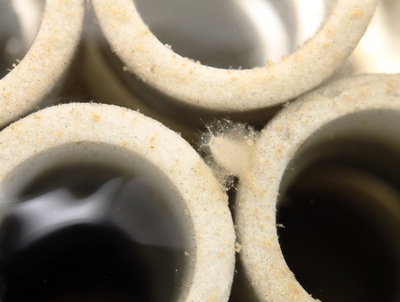
 RSS Feed
RSS Feed
